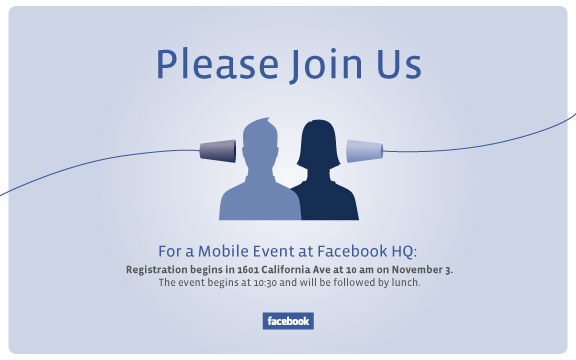(By Stuart Fox, This story originally appeared on TechNewsDaily)
 (Credit:
Warner Brothers Studio.)
(Credit:
Warner Brothers Studio.)
Leonardo diCaprio was right: Inception is not only possible, but it may be coming to social networking sites such as Facebook within the next three years. Through a combination of visual trickery and insidious psychology, some experts think corporations may soon begin to Photoshop product placement into personal pictures stored on social networking sites.
And due to the relationship between pictures and memories, the photo alteration may effectively place commercials into your waking mind.
By taking advantage of implanted memories, corporate product placement in photos on social networking sites could finally accomplish the much-desired -- but incredibly difficult -- goal of altering brand loyalty, said Aza Raskin, the creative lead on FireFox at Mozilla.
"That's a pretty low bar to set to hack some one's memory," Raskin told TechNewsDaily. "Technically, it's a very simple thing. I would not be surprised if, in the outside, within three years, someone's starting to do this."
A memory seed
The susceptibility of the human mind to the implantation of false memories is well-known, and experiments have already proven that targeted false memories can alter shopping patterns, said Elizabeth Loftus, a professor of psychology at the University of California, Irvine, and a specialist in false memories.
Using conversations and text in laboratory experiments, Loftus has used false memories to lower the amount people would pay for Disney toys by implanting the memory of a bad childhood experience with the character Pluto. In another study, Loftus convinced between 20 percent and 40 percent of subjects to pay more for strawberry ice cream after suggesting, falsely, that the subjects loved the flavor as a child.
"Some of the studies we've done have shown that you can alter memory and affect how much people like something, and how much people are willing to pay for something," Loftus told TechNewsDaily. "I could see this affecting consumer behavior."
Altering pictures of one's self would have an even more profound effect than seen in those studies, said Jeremy Bailenson, the founding director of Stanford University's Virtual Human Interaction Lab and author of the upcoming book "Infinite Reality: Avatars, Eternal Life, New Worlds, and the Dawn of the Virtual Revolution" (Harper Collins, 2011). Photos implant memory more powerfully than the speech and text used in Loftus' experiments, and nothing fools the human brain more than self-portraits, Bailenson told TechNewsDaily.
By cutting and pasting test subjects' faces onto different bodies endorsing a specific product, Bailenson has shown that self-endorsement not only carries more weight than endorsement by a celebrity or anonymous model, but that the brain automatically creates powerful false memories when faced with a counterfeit self-portrait.
"The human brain hasn't evolved to deal with a mirror image that acts autonomously," Bailenson said. "If the self is shown using a product that the self has never used, over time, the association between the self and the product remains, but the specific source of the association fades over time."
Real life inception
Since product placement within personal photos has greater value than simple commercials, memory-altering advertisements will cost companies far more -- and thus generate more income -- than a pop-up ad or magazine spread. To take advantage of that greater value, social networking sites may either begin selling ad space in our memories as a business model for themselves, or people may directly offer themselves up as a platform for advertising to make some cash, Raskin said.
More Tech Stories from TechNewsDaily.com
Alternatively, users could pay services to help them reach a positive goal through memory implantation. Studies have shown that people will imitate the behavior they see online representations of themselves engaging in. So, a company could help users lose weight by fattening or slimming past images of a user based on their diet in the present, Bailenson said.
However, even user-initiated memory alteration services such as voluntary advertising or the weight-loss plan run into ethical boundaries. Since both the user and the user's contacts view their social networking pictures, altered photos will manipulate the memory of all viewers, with or without their explicit consent.
"It is certainly a fine thing to set up for a person, but remember, all your friends are looking at it," Raskin said. "By doing microendorsement, you are exploiting all the people who know you, and you erode the value and trust of friendship."
So far, no company has performed social networking inception for profit. But once it starts, it may very well spread beyond simple advertising, and into the large-scale alteration of all manner of data for cosmetic, commercial or political reasons.
"It's a fundamental shift toward information about you becoming truth," said Raskin.
"We need to become careful about how and with whom we share that information, and whom we let change that information."








